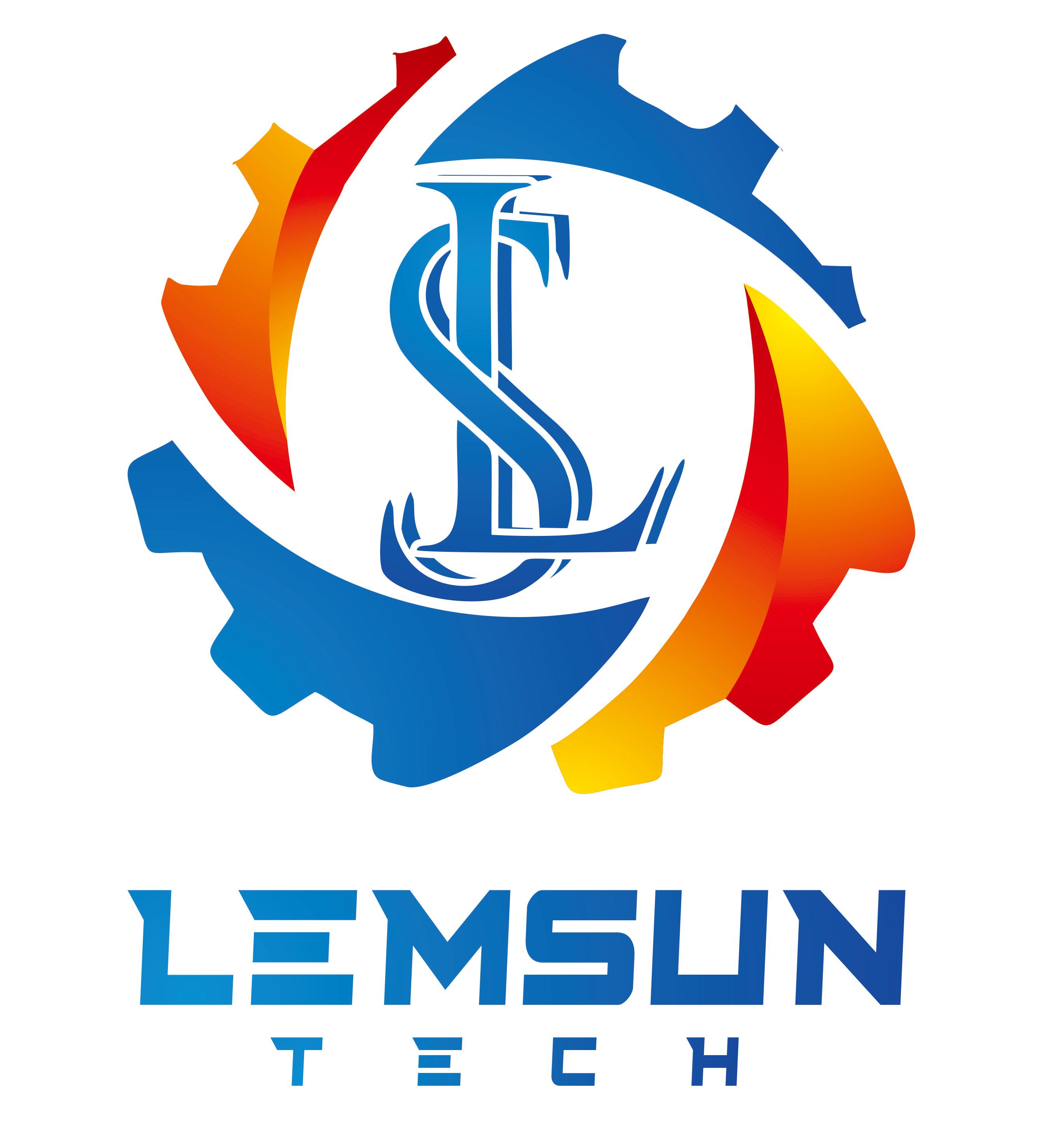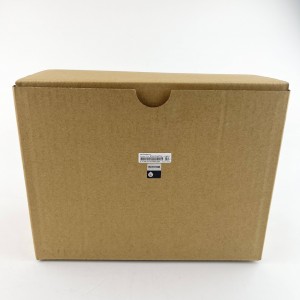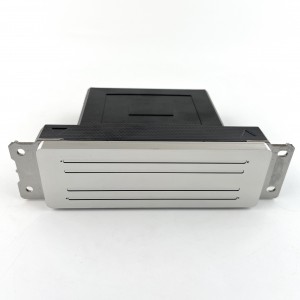SEIKO has recently launched a new inkjet print head SEIKO RCH1536, which is an updated version of the existing RC1536 but promises higher durability and uniformity. The existing RC1536 has the function of ink recycling through the print head and nozzle, and it has gained a good reputation in applications such as textile and ceramic printing due to its reliability.
The SEIKO RCH1536 model uses a metal nozzle plate, and Aliasgar Eranpurwala, the German sales manager for precision inkjet printheads, stated that this is the first print head designed around the shear mode method. This involves bending the walls of the ink chamber to spray ink droplets and requires a certain degree of flexibility, which is why most of these heads are equipped with plastic nozzle plates. The cutting mode method was developed by Sail and was also used by companies initially authorized by Sail for nozzle technology, including Seiko, Konica Minolta, and Toshiba
Eranpurwala said that engineers spent two years perfecting the metal nozzle plate and explained, “Finding the correct thickness of the nozzle plate, finding the right material, finding the right glue – this is a challenging task.”
He said that this makes the nozzle look more industrialized, even though it hasn’t been on the market for long enough to determine if it’s really stronger. He also pointed out that metal nozzle plates are easier to clean and won’t scratch than plastic nozzle plates, saying, “So we believe it will help improve the durability and durability of our print heads.”
The new head has the same electronic interface and pipeline as the existing SEIKORC1536, so it can be used as a direct substitute. Eranpurwala stated that this backward compatibility is very important: “The idea is to expand existing customers’ segmented markets.”
Eranpurwala stated that the waveform may change due to the influence of the metal plate on the movement around the nozzle. He told me, “This could just be a software change, or it could just be an increase in voltage.”
In addition, the RCH nozzle has the same printing width of 108.3 millimeters, the same ink droplet size, and the same operating speed as the SEIKORC1536 nozzle. As the name suggests, the nozzle consists of 1536 nozzles arranged in four rows, each with 384 nozzles. This is equivalent to a 360 dpi resolution.
Eranpurwala explained that each nozzle has two electrodes for spraying droplets from the print head, and added, “We use piezoelectric components. We divide the channels inside them. Then we perform a sputtering process, placing the electrodes on the piezoelectric components so they can be driven, sending electronic signals to them, and moving the piezoelectric components to spray droplets. You can imagine that placing these electrodes on piezoelectric ceramics is a bit challenging because their sizes are all in the micrometer range.”“
He said that for this new version, Seiko has successfully improved the application of these electrodes, allowing even energy to be transferred to droplets regardless of whether the nozzles are located at the end or middle of each row of nozzles. He added, “This is important when you want to print something wider, print one-way, or print unique colors. It is important to obtain the same number of ink droplet sizes and speeds from the print head, which is what we achieve with SEIKO RCH1536 print heads.”“
Seiko has also expanded its fluid compatibility, allowing it to be used in conjunction with more inks. This involves finding new glue to use inside the head, as certain liquids can cause the adhesive that binds the layers together to decompose. Of course, the new RCH version will also apply to all inks that have been certified for use with existing RC versions.
He said, “We have conducted a lot of tests in the market and our customers are very satisfied with it. We have conducted automatic cleaning tests on it and compared it with the old nozzle. The old nozzle shows some wear, but after 2000 drives, there is no wear on the metal.”
RCH nozzles are aimed at industrial markets such as corrugated paper, ceramics, as well as coding and marking. Initially, it was only suitable for UV ink because Seiko needed to conduct more testing to understand how water-based ink interacts with metal nozzle plates over time, as water typically does not work well with water. However, it is worth noting that the existing RC versions are also suitable for oil-based and solvent based inks, and there are also RCA versions available for water-based inks.
The RCH1536 printhead has been launched, but Seiko has not yet released technical details. There are two native droplet sizes to choose from: medium and large, and the same applies to existing RC heads.
Seiko has also developed a higher resolution print head, RCE2560, which will provide a resolution of up to 600 dpi. The project is still ongoing and may be announced for commercial use next year.
#SEIKO RCH1536 PRICE
#SEIKO RCH1536 Authorizer
SEIKO RCH1536 wholesale
Post time: Apr-03-2024



